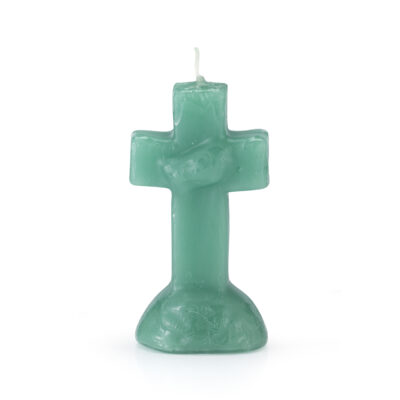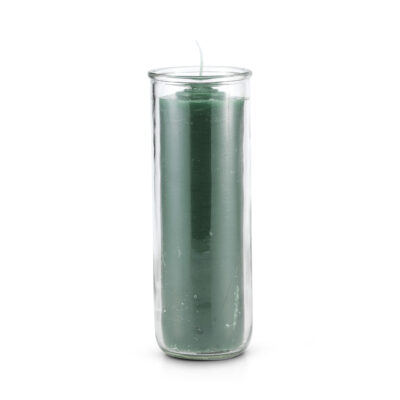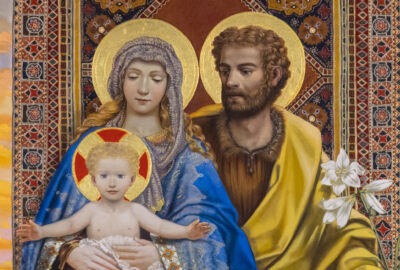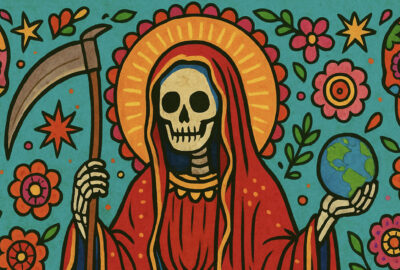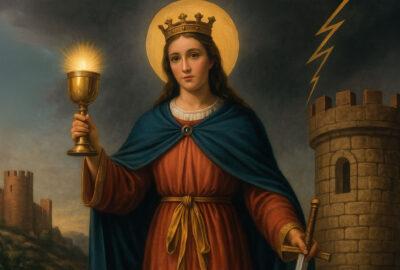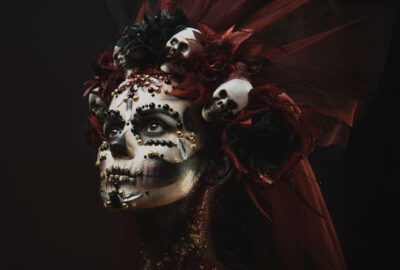
The Story of St. Patrick: Patron Saint of Ireland
Every March 17th, we celebrate St. Patrick's Day, honoring a man who played a huge role in bringing Christianity to Ireland. More than just a missionary, St. Patrick has become a symbol of how Irish traditions and Christian faith can come together.
Famous for stories of performing miracles and driving snakes out of Ireland, his life story is about overcoming challenges and making big changes with faith and resilience.
St. Patrick's Day isn't just about looking back at his influence on religion in Ireland; it's also a huge celebration of Irish culture that stretches across the globe. Imagine the lively parades filling the streets of Dublin and even the Chicago River turning green!
This day brings people from all walks of life together to enjoy a slice of Irish culture, celebrate with joy and laughter, and pay homage to a saint who's loved by many for his strong faith and lasting impact on the world.
Who Was Saint Patrick?
Imagine being sixteen and suddenly kidnapped by pirates! That's exactly what happened to Patrick, a teenager from Britain who ended up as a slave in Ireland. His life sounds like something out of a dramatic movie, doesn't it? But Patrick's story is real. For six years, he worked as a shepherd, enduring hardship and loneliness, until he managed to escape aboard a ship and return home.
But here's where it gets even more interesting. Patrick couldn't shake off his experiences in Ireland. He had a vision that convinced him he needed to go back to Ireland, but this time, to share his faith. So, after becoming a priest, he did just that. Patrick's life in Ireland was like a road trip, but instead of sightseeing, he was on a mission to spread Christianity.

A St. Patrick statue atop the Hill of Slane, surrounded by sweeping views of the lush Irish landscape.
Patrick was incredibly dedicated. He walked from Irish village to Irish village, talking to people who had never heard of Christianity before. He used clever ways to explain his beliefs, like using a three-leaf clover to describe the concept of the Holy Trinity. This simplicity and kindness won over the hearts of many Irish people.
Despite facing numerous challenges and opposition, Patrick's gentle nature and firm faith led him to establish churches and schools, laying down the foundations of Christianity in Ireland. His impact was so profound that by the time he died on March 17, 461 A.D., he had transformed the spiritual landscape of Ireland.
Today, we remember him as the patron saint of Ireland, a symbol of perseverance and faith. St. Patrick's life teaches us the power of dedication and the impact one person can have on the world.
Folklore and Facts
When you hear about St. Patrick, you might picture him standing triumphantly with snakes slithering away at his feet. This image is as famous as it is fictional. Let's unravel the myth: Ireland never had snakes to begin with! The cold, snake-free climate of Ireland makes the story a metaphorical one, rather than a historical fact. It's like saying someone can fly without mentioning they're in an airplane.
The tale likely represents St. Patrick's mission to rid Ireland of pagan beliefs, symbolized by snakes. In many cultures, snakes are seen as symbols of evil or rebirth, making them the perfect metaphorical villain in St. Patrick's story of converting Ireland to Christianity.
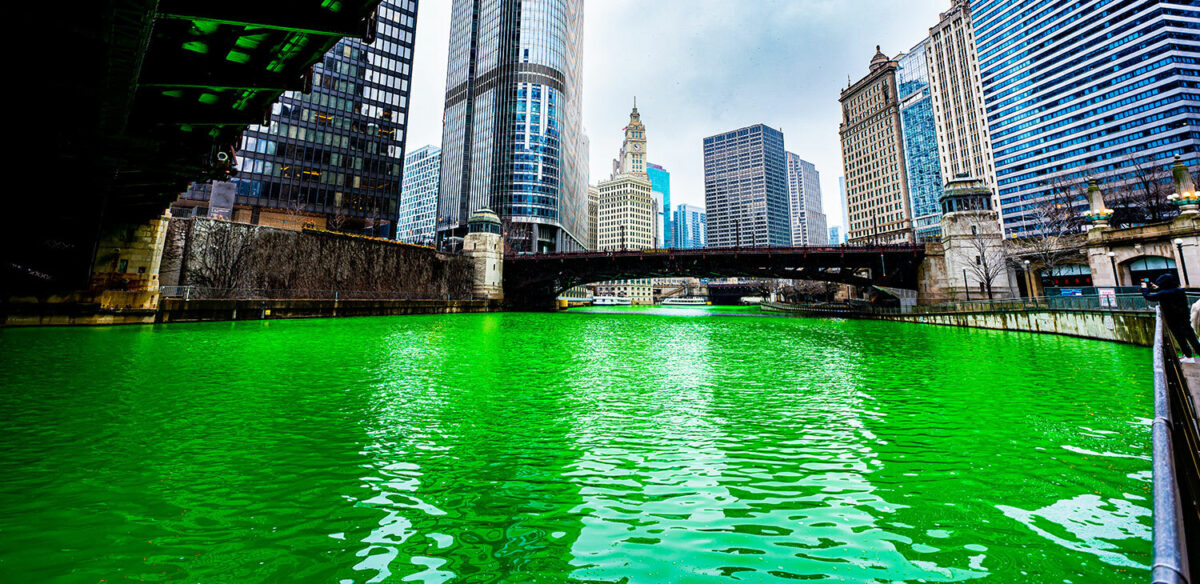
The city of Chicago dyes its river green each year for the celebration of St. Partick's Day!
Now, let's talk colors. If I asked you about St. Patrick's color, you'd probably say green without skipping a beat. But originally, St. Patrick was associated with blue! It's hard to imagine, right? This shift to green ties back to Ireland's lush landscapes and the use of the shamrock, a key symbol in explaining the Holy Trinity to those St. Patrick met on his mission.
Speaking of shamrocks, this little plant did more than just inspire an annual hunt for four-leaf clovers. St. Patrick used it as a teaching tool, a visual aid to explain a complex religious concept in a simple, understandable way. The shamrock, now synonymous with good luck and Irish heritage, was once a humble teaching tool that played a part in changing the course of Irish history.
Celebrating St. Patrick's Day
St. Patrick's Day isn't just a day; it's an entire experience! Picture this: cities around the world turn into seas of green, with people dressed from head to toe in emerald hues, celebrating with parades that are a feast for the eyes and ears.
Dublin, Ireland, becomes the heart of this celebration, pulling in a crowd of a million, all eager to be part of the St. Patrick Festival. It's not just Ireland that goes big; countries like the USA, Canada, and Australia join in the fun with their massive celebrations.
And what's a party without some delicious eats? Irish staples like corned beef and cabbage, Irish soda bread, and shepherd’s pie become the stars of the day, paying homage to Ireland's rich culinary traditions. And then there are the Irish dancers, who with every leap and tap, showcase the elegance and energy of centuries-old dance traditions.
But there's a magical side to St. Patrick's Day too, with stories of leprechauns bringing gold and treasures to the lucky. Speaking of luck, why not boost yours with some special St. Patrick's Day rituals?
Enhance your good fortune by preparing a ritual bath. Steep Good Luck Herb Bath in boiling water. Let the water cool and strain the liquid. Draw a bath and light a 14 day plain green candle. Pour the strained mixture over yourself while in the tub. Soak in the herb bath and focus your intention on improving your luck.
So whether you're watching a parade, enjoying some traditional Irish fare, or soaking in a herb-infused bath, St. Patrick's Day is a time for joy, community, and maybe a little bit of magic. It's a day to celebrate Irish culture, no matter where you are in the world, and maybe, just maybe, find a bit of luck along the way. Erin go Bragh!
